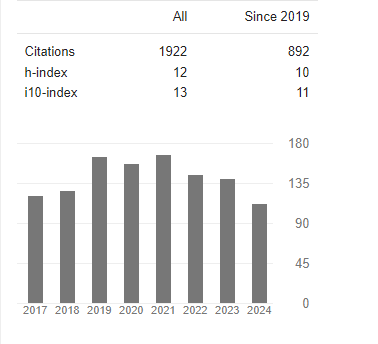Determinants of Under-Five Mortality in Tach-Armachiho District, North Gondar, Ethiopia
Abstract
Agmas Sisay Abera, Hunachew Kibret Yohannis
Background: Under-five mortality rate, often known by its acronym U5MR, indicates the probability of dying between birth and five years of age, expressed per 1,000 live births. Globally, 16,000 children under-five still die every day. Especially in Sub-Saharan Africa every 1 child in 12, dying before his or her fifth birthday. This study aims to identify the determinants of under-five mortality among women in child bearing age group of Tach-Armachiho district using count regression models.
Methods: For achieving the objective, a two-stage random sampling technique (simple random sampling and systematic random sampling techniques in the first and second stages respectively) was used to select women respondents. The sample survey conducted in Tach-Armachiho district considered a total of 3815 households of women aged 15 to 49 years out of which the information was collected from 446 selected women through interviewer administrated questionnaire.
Results: The descriptive statistics result showed that in the district 16.6% of mothers have faced the problem of at least one under-five death. In this study, Poisson regression, negative binomial, zero-inflated Poisson and zero-inflated negative binomial regression models were applied for data analysis. Each of these count models were compared by different statistical tests. So that, zero-inflated poisson regression model was found to be the best fit for the collected data. Results of the zero-inflated Poisson regression model showed that education of husband, source of water, mother occupation, kebele of mother, prenatal care, place of delivery, place of residence, wealth of house hold, average birth interval and average breast feeding were found to be statistically significant determinants of under-five mortality.
Conclusions: In this study, it was found that the factors like average birth interval and average breast feeding were found to be statistically significant factors in both groups (not always zero category and always zero category) with under-five child deathwhereas education of husband, source of water, place of delivery, mother occupation and wealth index of the household have significant effect on under-five mortality under not always zero group. Place of residence, kebele of mother and prenatal care have a significant effect on under-five mortality in TachArmachiho district on inflated group.



